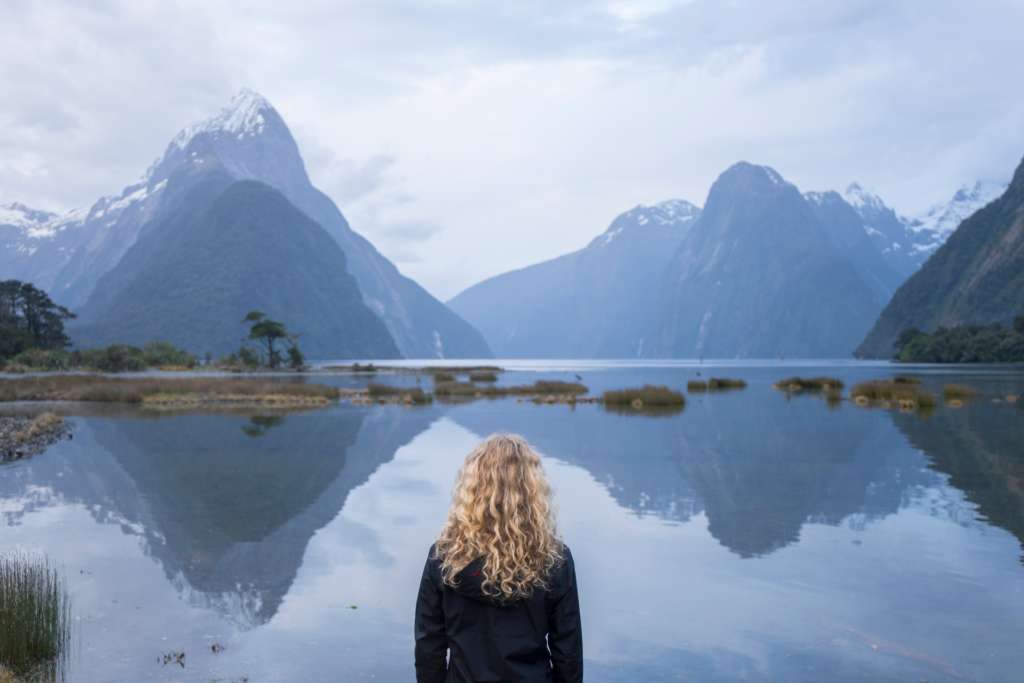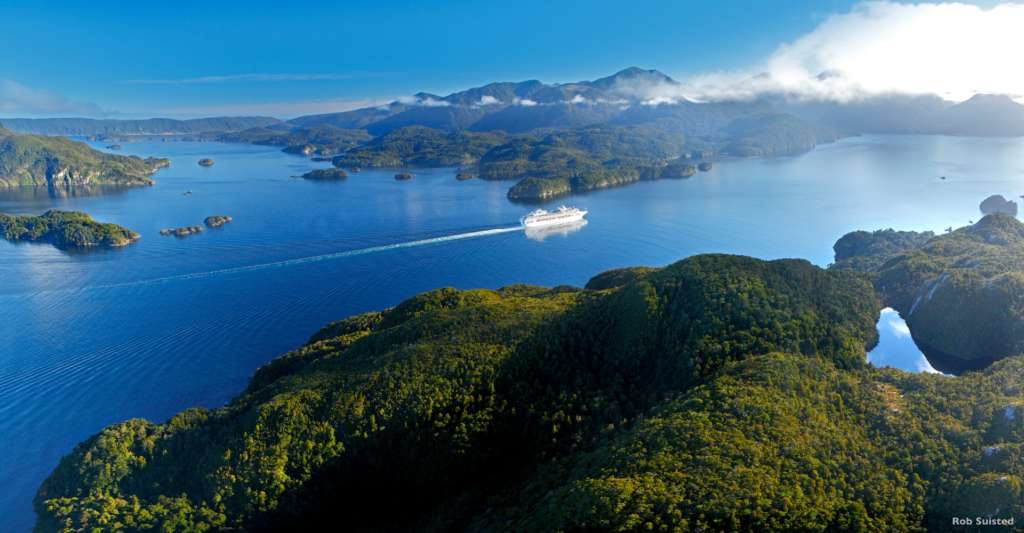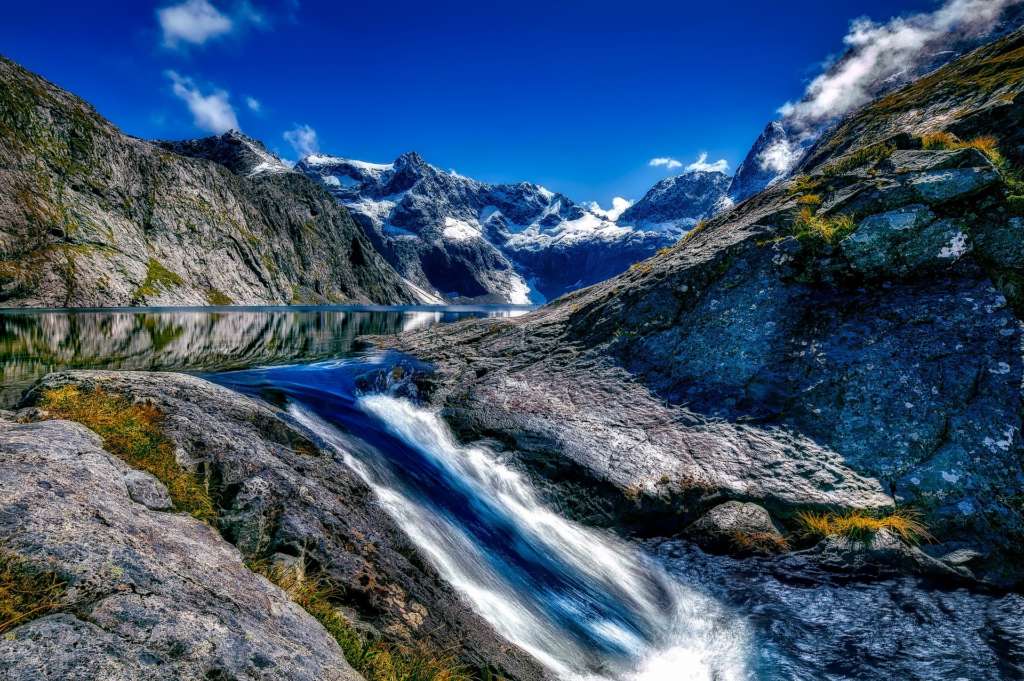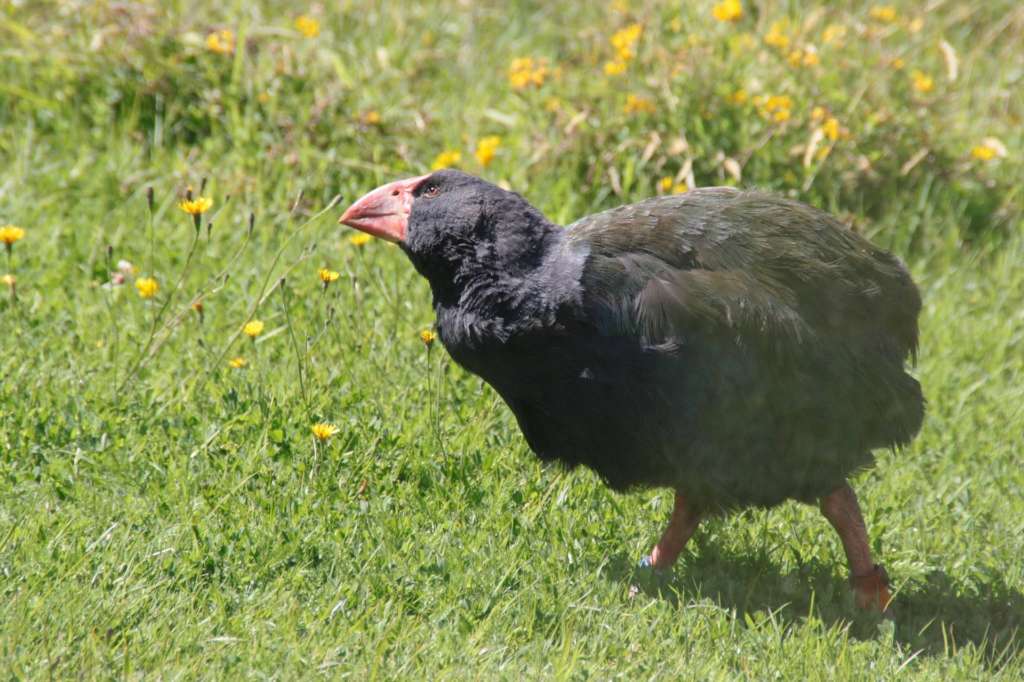New Zealand's fjords – where even the Gods practiced until perfect.

By Noah Patton
According to Maori legend, the demi-god – Tu-te-raki-whanoa – shaped the fiords with his adze (axe). As he moved through the area, heading north, he perfected his technique until finally he made his last fiord, Piopiotahi (now known as the Milford Sound), as his greatest achievement.
We can all agree that he did a magnificent job and that this is a New Zealand destination not to be missed.
Fiordland is a region found in the south-west of New Zealand’s South Island. It is characterised by steep, snow-capped alps, lakes surrounded by vibrant green outcrops and deep valleys (these valleys are where the area received its name, coming from the Scandinavian word for a valley “fjord”). Within Fiordland National Park there are fifteen fiords, although they are named “sounds”. A sound is like a fiord, an ocean inlet between two bodies of land, but it is wider.

The natural geology of Fjordland National Park has helped keep the region pristine. The vegetation is very dense due to the high rainfall the area receives, and the steepness of the mountains made past logging attempts nearly impossible. Difficult weather has also protected the area from whaling, hunting and mining. As a result, the Fjordland is possibly the most untouched and natural area in all of New Zealand. Even in the indigenous Maori population never inhabited the area, choosing only to visit it seasonally to hunt, fish and gather pounamu (a type of jade).

The region is home to many unique species of plants and animals. The takahe, a flightless bird once thought to be entirely extinct was found in 1948 to be surviving in Fiordland. Other strange species like egg-laying worms, high-altitude cicadas and moths live here. As a result of the habitat being near-pristine, most of these species are very abundant and have no unnatural threats. Most of the area falls under the protection of the Fiordland National Park, at an area of approximately 13,000 square kilometres it is the largest national park in New Zealand and one of the largest in the world.

If you find yourself on the South Island of New Zealand this area is one of the most beautiful places in the world. It is the least populated area in all of New Zealand, look for it on any good cruise to New Zealand.

